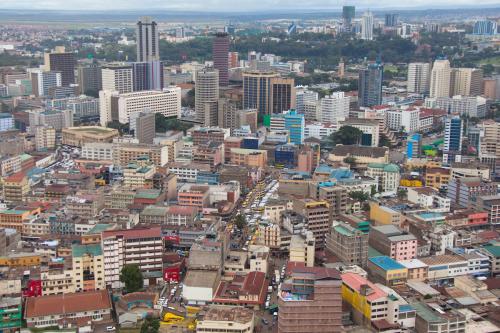Even in comfortable times, the service cutbacks and fare increases being proposed by the Metropolitan Transportation Authority would have sparked outrage from New Yorkers. Coming in the depths of the most serious economic crisis since the Great Depression, things seem that much worse.
Not that it’s any consolation to frustrated New York transit riders and taxpayers, but you are not alone. Transit agencies like the MTA are reeling nationwide; all are suffering from factors at least some of which they really can’t control without some legislative help.
This is not to deny the pain that could occur unless the state comes up with a rescue plan. In its 2009 budget, the agency proposes painful service cutbacks and fare increases to help cover a projected deficit of around $1.5 billion.
No fewer than 51 transit agencies around the country are in the same financial situation. For example, the Massachusetts Bay Transportation Authority that runs Boston‘s smaller transit system is chewing over major service cuts and fare increases if the state doesn’t help cover its $160 million deficit.
The fact that so many transit agencies are struggling may come as a surprise. After all, didn’t Washington just pump a lot of money into infrastructure as part of the $787-billion American Recovery and Reinvestment Act? Wasn’t public transit a big part of that law?
Yes. The stimulus package provides $8.4 billion to be spent on transit this year. That’s a helpful shot in the arm to metropolitan transit agencies that Washington ordinarily relegates to second-class status. And the MTA will receive the largest portion of this money: more than $1 billion. Even by today’s standards, that’s nothing to sneeze at.
But how much will it really help? Federal rules in effect since 1998 stipulate that this money can be spent only on capital improvement projects and not to finance gaps in day-to-day operating expenses.
Surely there is no transit service without capital – the buses, trains, tracks and other facilities that make the system run. However, operating costs – which are generally about twice as high as capital expenses for the largest transit agencies – cover the salaries of the workers who keep the system running, as well as the debt contracted to pay for capital projects.
So as the federal government aims to put Americans back to work on shovel-ready, temporary construction jobs, transit agencies are looking at the likelihood of laying people off from stable, permanent positions.
Why the disconnect?
The response in Washington is predictably stubborn: Recovery money cannot be used for operating expenses because operating is not a federal role.
You would think that the pressure of this policy would lead to transit agencies that are self-sufficient – where passenger fares pay the full costs of operating the system.
But large metropolitan transit agencies generally “recover” only about one-third of their costs from subway riders and about one-quarter from bus passengers. The MTA has the highest cost-recovery ratio among all subway operators – its fares pay for two-thirds of operating costs.
For large bus systems, the MTA’s New York City Transit ranks second only to New Jersey‘s in terms of the share of operating costs paid for by riders. The Long Island Rail Road is the seventh among the 21 commuter rail systems in the country, recovering from fares close to half of its operating costs.
So what should be done to close the MTA’s budget gap?
For one thing, lawmakers in Albany need to recognize that the state contributes a lower proportion of the MTA’s budget from its general revenue than other states provide to their transit agencies from general revenue. In New York, about 4 percent of all the MTA operating costs are covered by the state budget; in other states, transit agencies are getting closer to 6 percent.
Raising state general fund support to national levels would be a good place to start helping the MTA.
Another idea is to get Washington to help. Not in doling out more money, but in stepping aside and empowering metropolitan agencies to spend their federal money in ways that best meet their own needs.
Specifically, the federal rules could be changed to allow transit agencies to spend their transit capital stimulus dollars on operating expenses. Certainly, agencies have capital needs as well, but particularly in these stressful economic times they should have the short-term flexibility to use those federal dollars to meet their immediate problems.
Over the long term, some form of federal competitive funding for operating assistance also might provide the right incentive – or reward – to states and localities to commit to funding transit.
Based on their level of commitment, metropolitan agencies, localities and states that legislatively dedicate a stable stream of funds could potentially receive federal operating assistance, perhaps as a matching grant. The federal government would be helping those who help themselves.
The New York metropolitan area cannot afford to have a transit system that is hampered from operating at its fullest and most efficient potential.
An extensive transit network like the MTA provides important transportation alternatives to those who have options and basic mobility for those who don’t. It can help mitigate regional air-quality problems by lowering overall automobile emissions and slowing the growth in traffic congestion.
It also can provide economic benefits by creating development opportunities around transit stations and help enhance regional economic competitiveness as an important and attractive metropolitan amenity.
Such a functioning network plays a fundamental role in attracting highly skilled labor and talent, which we know is so important in 21st century metropolitan America.


Commentary
Op-edThe Metropolitan Transportation Authority is Not Alone in its Financial Struggles
April 24, 2009